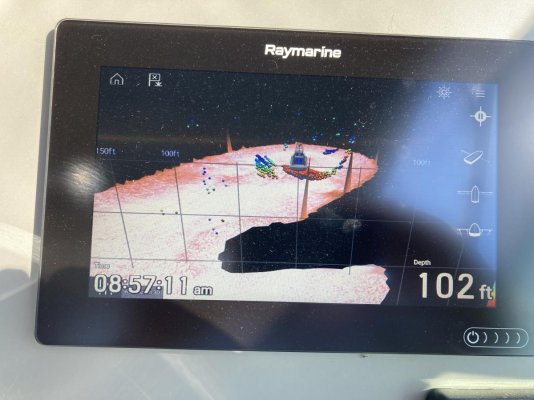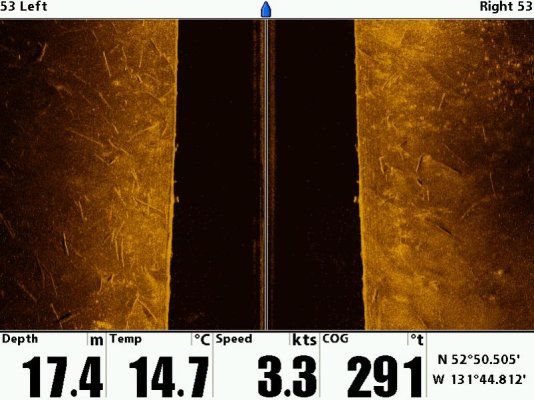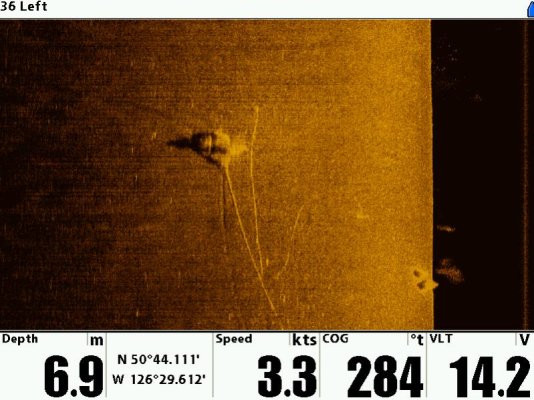Nick14
Guru
I would appreciate hearing anyone's thoughts on sonar. Do you have it? Is it really useful, for non-fishing applications? Or is it just something gee-whiz that isn't all that helpful?
I've never had sonar in our boats, mostly because the last electronics package I did was 10 years ago. I got along fine. I don't 'fish' except for eating a lot of it at home and in restaurants.
Am now planning the electronics for our next boat, and wondering if sonar is a need to have.
Thank you!
I've never had sonar in our boats, mostly because the last electronics package I did was 10 years ago. I got along fine. I don't 'fish' except for eating a lot of it at home and in restaurants.
Am now planning the electronics for our next boat, and wondering if sonar is a need to have.
Thank you!




